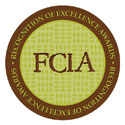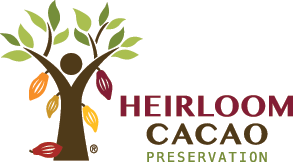/ Chocolate Resources / Chocolate Blog / Exploring Sugars: Part One

Exploring Sugars: Part One

Sugars are one of our key ingredients in confectionery and chocolate. As we enter into this subject together, I am acutely aware that we are entering into an abyss of information. The applications for sugar are endless, and the types of sugar available on the market vary widely. There are social, ethical and economic issues around sugar and its production and distribution, as well as a lot of questionable information in the world about the health risks of sugar consumption.
But I am a chocolatier after all, and I believe that almost everything is ok in moderation, and I definitely think that there are just as many health risks with sugar substitutes as there are with sugar itself. So I am going to explore sugar with photos, recipes and experiments, and I am going to do so with great pleasure.
So, to begin, a brief introduction to solid sugars. We will explore the myriad liquid sugars (such as invert sugar and liquid glucose, honey and plant syrups) in a future post – there’s too many to list all together!
Table sugar, white sugar, granulated sugar, caster sugar, and also known in chemistry as sucrose, can be found in varying crystal sizes. This is the workhorse of the confectionery world – not a lot of candy would be made without this stuff. Granulated sugar is generally used in caramels, toffee, fudge and fondant. In countries such as India, sometimes only larger sucrose crystals, known as misri, are available and must be ground before use.
Confectioners (icing) sugar is table sugar ground to a very fine powder and mixed with 3% cornstarch to prevent caking. Used primarily for making frostings, icings and dusting, this sugar is incredibly light. The cornstarch in the recipe makes this sugar a poor choice for substitutions – only use it when it is called for.
Brown sugar also comes in many forms (such as muscovado, demerara, light or dark brown sugar and jaggery) but the common thread in all of these forms of brown sugar is that it is less processed than white sugar and retains some of the flavour and colour of molasses. “Raw” Sugar is simply a type of brown sugar – table sugar with a light coating of molasses on its crystals. These sugars can sometimes be substituted for white sugar, but it depends on the recipe, so don’t count on a straight 1 to 1 substitution resulting in a perfect product – be prepared to have to play a bit to incorporate these sugars into your recipes.
Crystalline glucose is sometimes used in confectionery as a ‘doctor’ – a substance used to prevent a product from crystallizing prematurely or in an uncontrolled manner. Simply put, it helps to control texture.
We will delve deeper into controlled sugar crystallization in our next post, complete with a new recipe for something sweet and delicious!
To read the other posts in this series click on our Bean2Bonbon Blog overview page.
Want to learn more about making delicious chocolates and confections? Check out our Professional Chocolatier Program!
Get reminders about upcoming classes! To receive program updates and news, click the link below.
Photography by Jessica Washburn, Bliss Chocolatier and Ecole Chocolat





